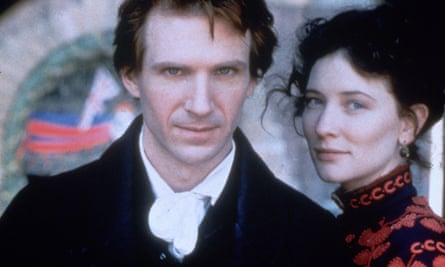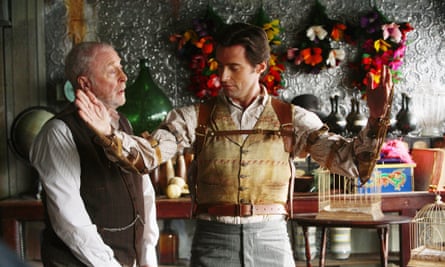Top 10 modern Victorian novels
Narrative tricks minted in the 19th century are still working in contemporary fiction by authors from Margaret Atwood to Sarah Waters
Paraic O’Donnell
Wed 7 Nov 2018 10.00 GMT
n historical fiction, as in all things, fashions come and go. As we near the end of Hilary Mantel’s glorious Tudor revival, the ancient world is again getting a look in, with writers such as Madeline Miller and Pat Barker refashioning the Homeric epics to glittering effect. But these trends mask more durable patterns, at least from a crudely chronological point of view.
For one thing, the 19th century – the Regency and Victorian eras, in other words – remains vastly overrepresented. In an informal 2013 survey by the Historical Novel Society, it accounted for almost 30% of that year’s titles, second only to the 20th in popularity, and with almost as large a share as all other eras put together. What accounts for this enduring fascination? Proximity plays a part, naturally, and the richness of the documentary record probably doesn’t hurt either. Empires need prodigious bureaucracies, and if there’s one thing the Victorians were spectacularly good at, it was writing things down.
For my part – well, I won’t lie. Some of it comes down to aesthetics. In The House on Vesper Sands, I wanted to dramatise wickedness and secrecy. For that you need darkness, snow and plenty of orphans. More high-mindedly, I wanted to rehabilitate the Victorian sensation novel, in which – long before the modernists thought of it – the author’s own trickery is playfully advertised. In other words – and each of the books I’ve chosen reflects this in one way or another – the Victorians didn’t just perfect the English novel. They made it self-aware.
3. The Crimson Petal and the White by Michel Faber (2002)
This justly celebrated reinvention of the Dickensian novel is not so much a reboot as a kick in the arse. Unlike Dickens, Faber has no time for the sanctified waif or the virtuous simpleton. As in Bleak House, we are introduced first to the city itself, with a warning that we must start at the very bottom. In Faber’s London, the fog hides nothing and the veils are all drawn back. Here a prostitute squats unceremoniously over her bowl to scour herself, while outside the blood runs among the cobbles “like a winding crimson weed”.
 |
| Lesbian love story primer ... Elaine Cassidy (left) and Sally Hawkins in the 2005 TV adaptation of Sarah Waters’ Fingersmith. Photograph: BBC/Sally Head Productions |
4. Fingersmith by Sarah Waters (2002)
A landmark of lesbian fiction, this suffered the unusual fate of becoming famous for the wrong reasons. The novel’s central love story should never be whitewashed, but it spawned a cottage industry of softcore Victoriana that overshadowed its author’s virtuosity. With its loveable rogues and dastardly schemes, Fingersmith has all the elements of the worst kind of knockabout pastiche, yet what Waters fashions from them is almost miraculous. From intricate plotting to exquisitely subtle observation, she is that rare prodigy: an author who is good at everything. Like her heroine, Sue, we see as a small child does “what I had never seen before – how the world was made up”.

5. Oscar and Lucinda by Peter Carey (1988)

9. Master Georgie by Beryl Bainbridge (1998)
Shortlisted for the Booker prize five times, it was not until after her death in 2010 that Bainbridge was finally honoured with a specially created award. Although it was chosen from among her novels by a popular vote, Master Georgie is one of Bainbridge’s most challenging and austere works. Indeed, she herself remarked that most people needed to read it three times before they understood it. She may have been right. With its carefully modulated perspectives and slyly observed details, this refracted Bildungsroman follows a young surgeon’s almost helpless progress towards the muck and depravity of the Crimean war, and it reveals new and brilliant facets no matter how often you come back to it.
10. The Quickening Maze by Adam Foulds (2009)
Set in Epping Forest in 1840, The Quickening Maze examines the unlikely circumstances that brought the poets John Clare and Alfred Tennyson into brief conjunction. Clare’s alcoholism and declining artistic fortunes have brought him to High Beach Asylum, while the young and untested Tennyson, a guest of the asylum-keeper, is so self-absorbed that he scarcely notices the amorous attentions of his host’s young daughter. Animating such looming and disparate figures could have made for heavy going, but Foulds gives them human scale and careful shading, illuminating all he touches with his swift and shimmering prose.










No comments:
Post a Comment